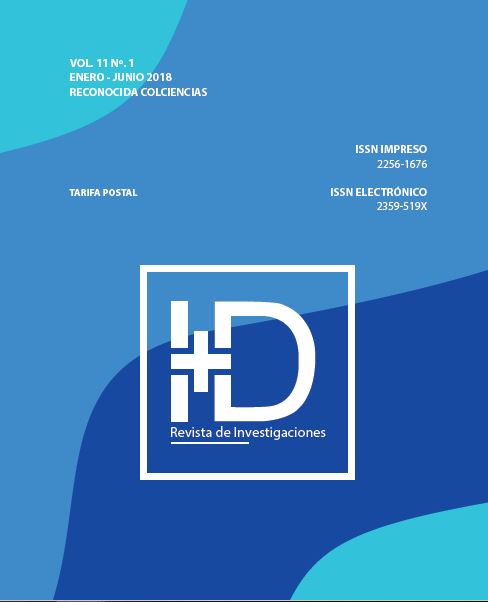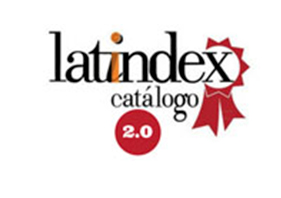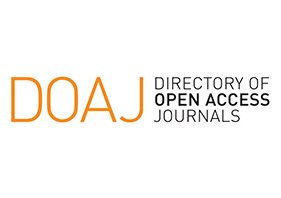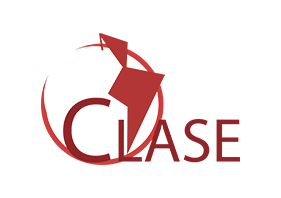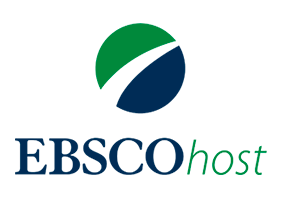Design process supported with strategies for selecting materials and processes.
DOI:
https://doi.org/10.33304/revinv.v11n1-2018003Keywords:
Material, Metodology, Fabrication Process, Industrial Product, Phisycal PropertyAbstract
The creation and development of products through the discipline of industrial design, requires the application of a Proyectual Design Methodology, it show the steps to set up a new product. Traditional design methodologies provide a number of tools to experience different formal and functional alternatives through conceptual and graphic expression. Through these tools it is possible to achieve innovative design proposals formally in order to solve the problem posed at the beginning of the project. These methodologies also offer tools for ergonomic and functional testing of products designed to evaluate the behavior of potential users through usability testing with functional models. However, taking into account the schedules and project budgets, these functional models, not always made in the projected for the end product materials, which can present limitations to the results of ergonomic checks, and the real appreciation of product by users. An alternative to using the most appropriate materials at all stages of a design project is to use a methodology for the selection of materials and processes, which was developed by Dr Mike Ashby at Cambridge University. This methodology allows to visualize and plan the most suitable to produce the product materials and manufacturing processes, from the very beginning of the project through all its stages. This methodology provides a taxonomy classification of materials and processes, in order to know all the families and classes of materials and processes. To support this knowledge, letters of properties of materials are used, which allow graphically select the most appropriate materials to produce the product according to its properties. This methodology provides a design process, which can be coupled to traditional methodologies, analyzing materials and processes in each stage of the project. Finally a strategy for the selection of materials and a strategy for the selection of processes is offered. Thus, at the end of the design project it has a new product, which can justify the selection of materials and manufacturing processes, according to the study of the properties of the product.Downloads
References
Ariza, H. M. (2015). Revisitando estrategias de sostenibilidad de las empresas a través de una visión sistémica empresarial. I+ D Revista de Investigaciones, 5(1), 23–42.
Ashby, M., Shercliff, H., & Cebon , D. (2014). Materials engineering science processing and design (3 ed.). (U. o. Department of Engineering, Ed.) Oxford, UK: Elsevier.
Carrillo, R., Laguado, L., & Ojeda, D. (2013). Diseño y construcción de máquina para triturado de residuos de caucho vulcanizado en industrias Record . Bucaramanga: UTS.
Cordobes, K., & Laguado, L. (2013). Diseño y desarrollo de suela vulcanizada para calzado sport masculino a partir de un nuevo material compuesto reforzado con fibras naturales. Bucaramanga: Biblioteca UIS.
Díaz, R. A. (2014). Marketing y las nuevas tecnologías de información, aplicadas en los negocios. I+ D REVISTA DE INVESTIGACIONES, 4(2), 34–48.
DINNGO. (2017). Design Thinking en español. Recuperado el 19 de 08 de 2017, de http://designthinking.es/inicio/index.php
Durán, D., & Laguado , L. (2015). Diseño y desarrollo de un marco de acero para bicicleta de paseo mediante métodos de diseño paramétrico, en industria de bicicletas Milán. Bucaramanga: Biblioteca UIS.
GRANTA Material Intelligence. (2016). CES Edupack. Cambridge, UK.
INTI. (2009). Proceso de diseño fases para el desarrollo de productos. Buenos Aires: INTI, Instituto Nacional de Tecnología Industrial. .
Laguado, L., & Olivella, L. (2012). Diseño y manufactura de una colección de accesorios de joyería generada a partir de geometrías paramétricas: análisis formal de tres especies en vía de extinción. (U. P. Bolivariana, Ed.) IconoFacto, 11(16), 213 - 227.
Simanca H, F. A., Abuchar Porras, A., Blanco Garrido , F., & Carreño Hernández, P. (2017). Implementación de herramientas tecnológicas en los procesos de Enseñanza - Aprendizaje de los Triángulos. I+ D Revista de investigaciones 10(2), 109-122.
Torres-Barreto, M. L., & Muñoz Molina, L. P. (2014). Macro tendencias en Textrónica y objetos inteligentes. I+ D Revista de investigaciones , 88 - 103.
Ulrich, K. T., & Eppinger, S. (2013). Diseño y desarrollo de productos (Quinta ed.). México: Mc Graw Hill.


